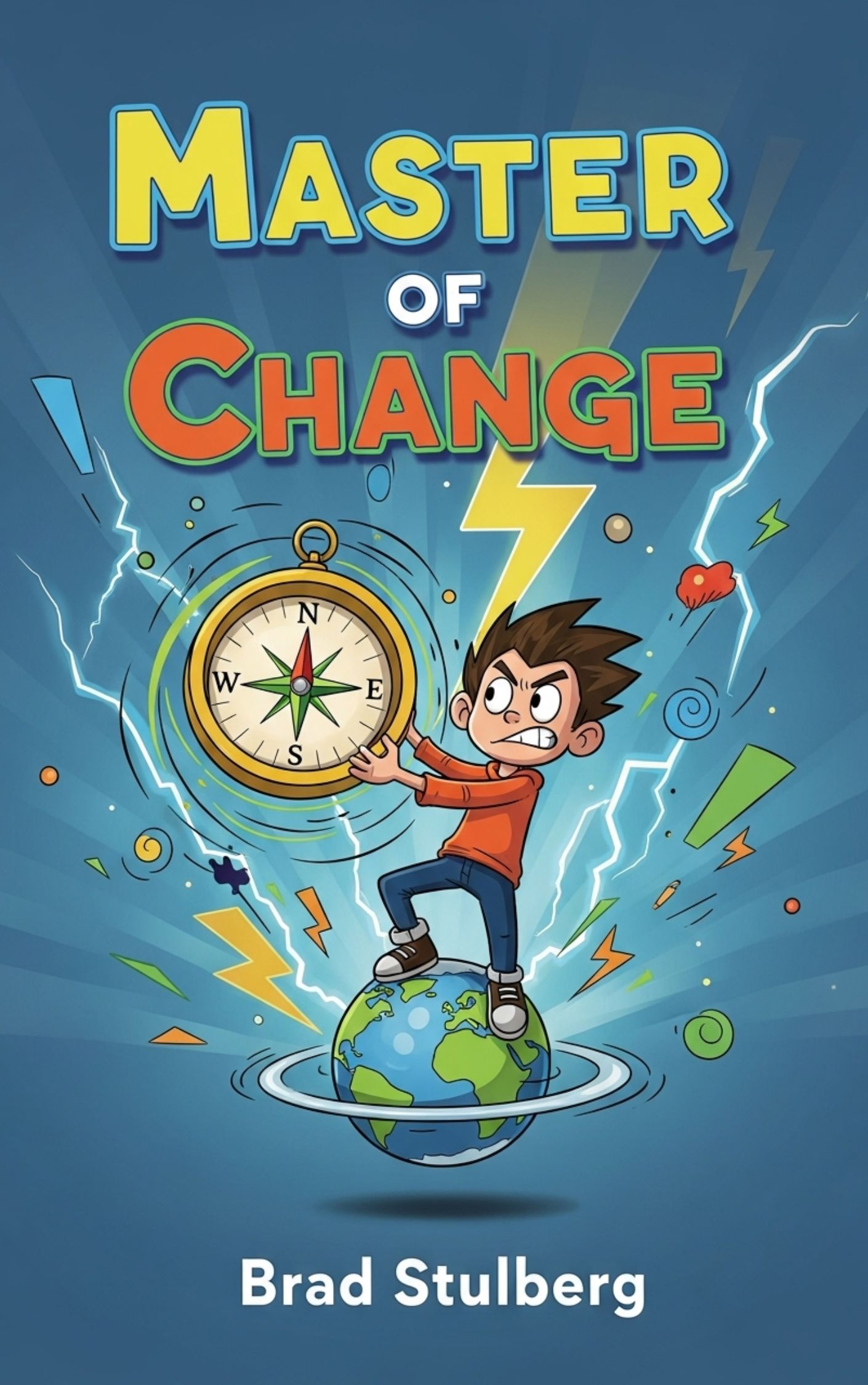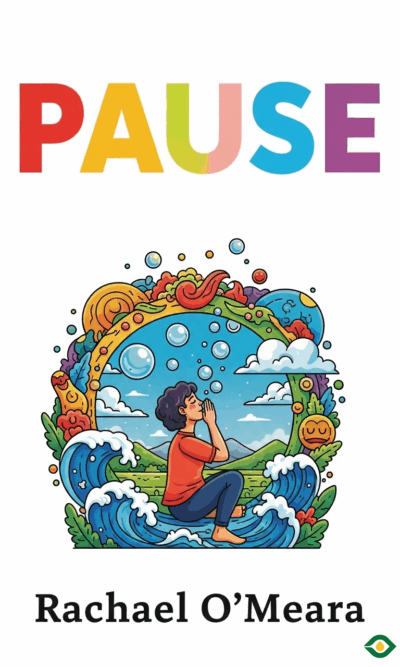Description
Life is always moving, just like a river. No matter how much we want stability, things around us will shift. A new job, a breakup, losing someone, or even a global crisis can suddenly push us into unknown waters. These changes often feel like interruptions, but they are part of life’s natural rhythm. The real challenge is not the change itself, but how we respond to it.
Many people try to fight change, clinging tightly to what feels safe and familiar. But resisting only creates more suffering. Modern science and ancient wisdom both agree: change is neutral. It’s neither good nor bad on its own. What matters is the way we meet it. When we loosen our grip and go with the flow, we find the strength to adapt and grow.
Consider the story of Tommy Caldwell, a professional climber. He survived a terrifying hostage situation in the mountains, and later, an accident cost him his index finger. Most climbers would have quit, but Tommy didn’t. He accepted his new reality, changed his methods, and eventually achieved one of the greatest climbs in history. His success didn’t come in spite of change, but because he learned how to adapt to it. His life shows us that acceptance creates possibilities that resistance cannot.
Every adult faces dozens of big changes, often one every year and a half. While each change feels disruptive, they also make life richer and more meaningful. Without shifts, surprises, and struggles, life would be dull. It is the ups and downs that give depth to our stories.
Another key lesson in facing change is about expectations. Often, disappointment comes not from what happens, but from what we thought would happen. If you expect smooth sailing and storms arrive, frustration builds. If you expect challenges as part of the journey, the storms feel less overwhelming. Managing expectations does not mean being negative. It means staying realistic while also holding hope.
Psychologists call one approach “tragic optimism.” This means finding hope and meaning even during loss or suffering. It doesn’t deny pain, but it believes something valuable can come from it. Viktor Frankl, who endured the horrors of the Holocaust, showed that even in the darkest times, humans can choose meaning. His lesson is that while we can’t always control circumstances, we can control our outlook.
This perspective applies even to something as simple as physical pain. Many people live with chronic pain that may never fully go away. Instead of obsessing over it, some clinics teach patients to manage their relationship with pain. They practice gradual exposure, learning to live actively even with discomfort. By shifting expectations, they suffer less. This shows how powerful mindset is in shaping our experience.
In the middle of constant change, one thing can keep us steady: our values. Values are the principles we hold close, such as honesty, creativity, compassion, or curiosity. While events around us shift, values provide a compass. They guide us when we feel lost.
For example, if curiosity is one of your values, you can approach a new challenge as an opportunity to learn. If compassion is your value, you can choose kindness even in hard conversations. Values are not just words; they are tools for action. When life feels uncertain, aligning choices with values gives direction and calm.
Values also remind us that our actions ripple outward. Zen master Thich Nhat Hanh spoke about the idea of a “continuation body.” This means every choice we make continues beyond us, shaping the lives of others and the world around us. Acting with values ensures our impact is meaningful, no matter what changes come.
Another powerful skill for dealing with change is learning to respond rather than react. Reactions are fast, automatic, and often driven by fear or anger. Responses are thoughtful, calm, and guided by our values. The difference may be only a pause, but it changes everything.
One way to practice this is by labeling emotions. When you feel anxious, you can quietly note, “My chest feels tight” or “I feel nervous.” Studies show that naming emotions lowers stress and gives clarity. Instead of drowning in feelings, you step back and see them clearly.
Another method is called the RAIN strategy. It means Recognize what’s happening, Allow it to exist without pushing it away, Investigate your inner experience with curiosity, and Non-identify, remembering you are more than this single moment. These steps create space between stimulus and response, giving you the freedom to act with wisdom.
Meditation also strengthens this ability. Sitting quietly, observing thoughts and feelings without judgment, trains the mind to pause before reacting. Over time, this builds confidence in your capacity to face whatever life brings.
In the end, the message is simple: change will keep coming, again and again. You cannot stop the river, but you can learn how to swim with it. Accepting change reduces suffering. Managing expectations protects your happiness. Living by values gives direction. Responding instead of reacting builds resilience.
On average, big changes will continue to appear in your life every eighteen months. By practicing these skills, each shift can become less frightening and more meaningful. Instead of being crushed by change, you can be shaped by it in positive ways.
Change is not the enemy. It is the constant movement that makes life alive. By embracing it with acceptance, values, and mindful response, you become not just a survivor of change, but a master of it.





